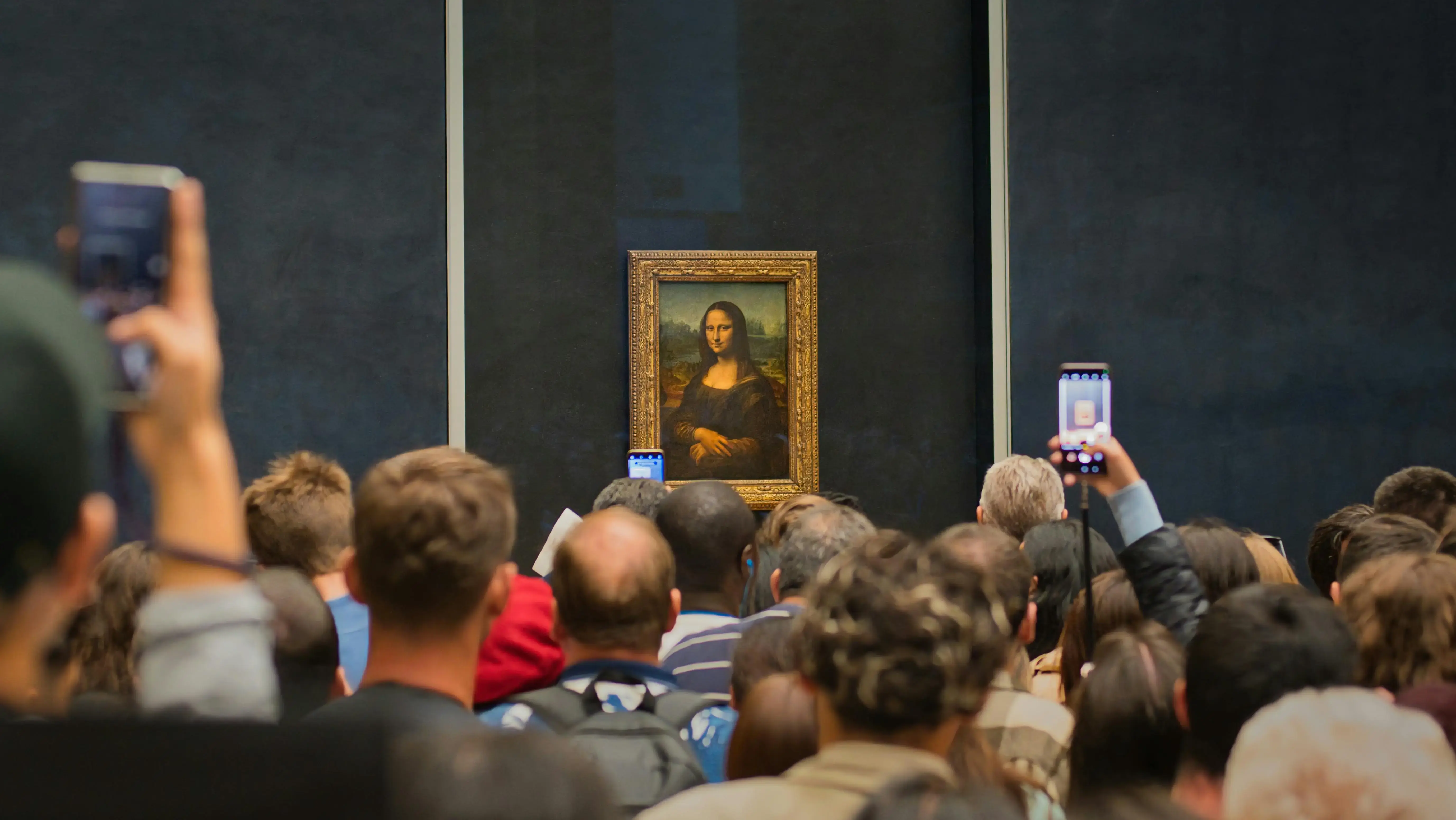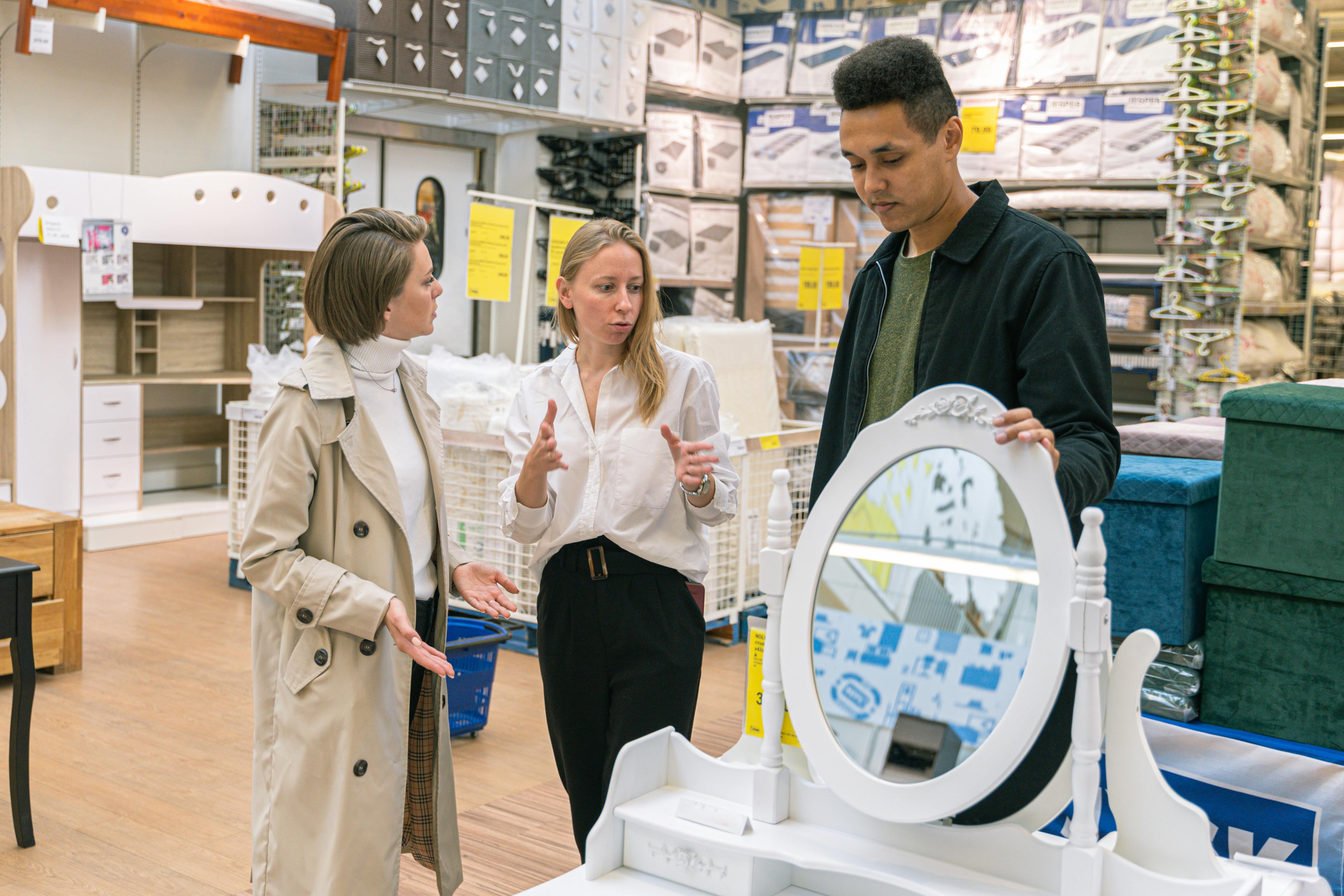The science of feeling: why emotion is the hidden driver of customer experience
- Customer Experience Design
- ·
- 5 min read
When it comes to customer experience (CX), it's not just about efficiency or solving problems. It's about how customers feel during and after the interaction. Emotion is the key differentiator. It's what transforms a smooth transaction into a memorable moment. It's what turns basic satisfaction into lasting loyalty.
Emotion drives connection. And connection drives growth.
The leading brands build emotional resonance into every touchpoint - not by chance, but by design. That's what keeps customers coming back, advocating and choosing them over the competition.
If your CX strategy isn't designed with emotion in mind, you're not just missing an opportunity, you're missing what matters most.

Understanding and designing for emotion can transform how you differentiate your organisation, build loyalty and grow long-term value.
Emotion is everywhere in customer experience
Every customer interaction – no matter how small – triggers a feeling. Whether someone is navigating your app, speaking to your support team, waiting for a delivery, or scrolling through your marketing, they’re experiencing something. While functionality and efficiency matter, it’s emotion that drives true customer loyalty.
Research consistently shows that customers who feel emotionally connected to a brand are:
- More loyal – they’re less likely to switch, even if a competitor is cheaper
- More valuable – they spend more and stay longer
- More vocal – they’re more likely to share their experiences with others
The science behind why emotion drives action
Emotions are not irrational noises in the system, they’re fundamental to how we think, decide and act.
Take the work of neuroscientist Antonio Damasio, for example. He discovered that people with damage to the emotional parts of their brain – even when their logic remains intact – struggle to make even the simplest decisions. They can list their options clearly. They just can’t choose. Why? Because the brain's emotional systems dominate decision-making.
Memory is also shaped by emotional intensity. The Peak-End Rule shows that we remember how we felt at the emotional high (or low) point of an experience, and at the end. Everything else fades.
Emotion even changes our perception of time. A delightful interaction can feel smooth and fast, even if it takes time. Frustration, on the other hand, stretches minutes into what feels like hours.
Emotional moments are the ones we talk about. They’re the stories we pass on – both good and bad. In essence, emotions act as filters through which all customer experiences are interpreted, remembered and shared.
Designing for emotion: turning intent into impact
Leading organisations don’t leave emotional impact to chance. They design for it.
At Engine, that means:
- Mapping emotional journeys, not just functional ones. This means identifying the emotional highs and lows across the full experience, from discovery to delivery and beyond. We look at where frustration builds, where confidence falters, and where delight unexpectedly sparks.
- Creating target experiences that evoke desired emotions aligned with brand values. That might be reassurance during a complex purchase. Maybe it’s joy at an unexpected surprise. Or maybe it’s calm during a problem-solving interaction. Each one is shaped to align with our client’s brand values and customer needs.
- Training teams to recognise and respond to emotional cues, particularly in service delivery. Because responding empathetically is critical to building lasting loyalty.
- Measuring emotion, not just satisfaction through surveys, biometrics, facial recognition and AI-powered sentiment analysis. Because what people say – and how they say it – matters. It reveals what’s felt, not just what’s functional.

The value of emotional connection
The commercial case is clear. According to a Harvard Business Review study, emotionally connected customers are more than twice as valuable as highly satisfied ones. They buy more, stay longer, and are more likely to forgive mistakes.
CX strategies that focus only on process improvement or digital efficiency miss the point. You can’t automate empathy. But you can embed emotional intelligence into how you design, deliver and measure experiences.
We call this Return on Emotion (RoE). It’s a strategic metric that forward-thinking brands are starting to prioritise. When acquisition costs are high and customer loyalty is harder to earn, emotional connection is what gives you an edge.
So, what should CX leaders do?
If emotion isn’t yet on your CX agenda, it’s time to change that. Ask yourself:
- Are we measuring how people feel, not just what they do?
- Are we mapping the emotional as well as the functional journey?
- Are we designing for feelings like trust, relief, delight and confidence?
- Are our teams trained to recognise and respond to emotional needs?
The organisations that can answer ‘yes’ to these questions are the ones building lasting, meaningful relationships with their customers.
Emotions are strategic
Emotion drives decisions. It shapes memory. It builds trust and it fuels loyalty.
When you design experiences with emotion at the core, you move beyond satisfaction into true connection. You create moments that resonate, relationships that last, and a brand that people don’t just choose but champion.
Emotions matter. And in customer experience, it's your most powerful tool.
Want to explore how emotional design can transform your customer experience? Let's talk.












